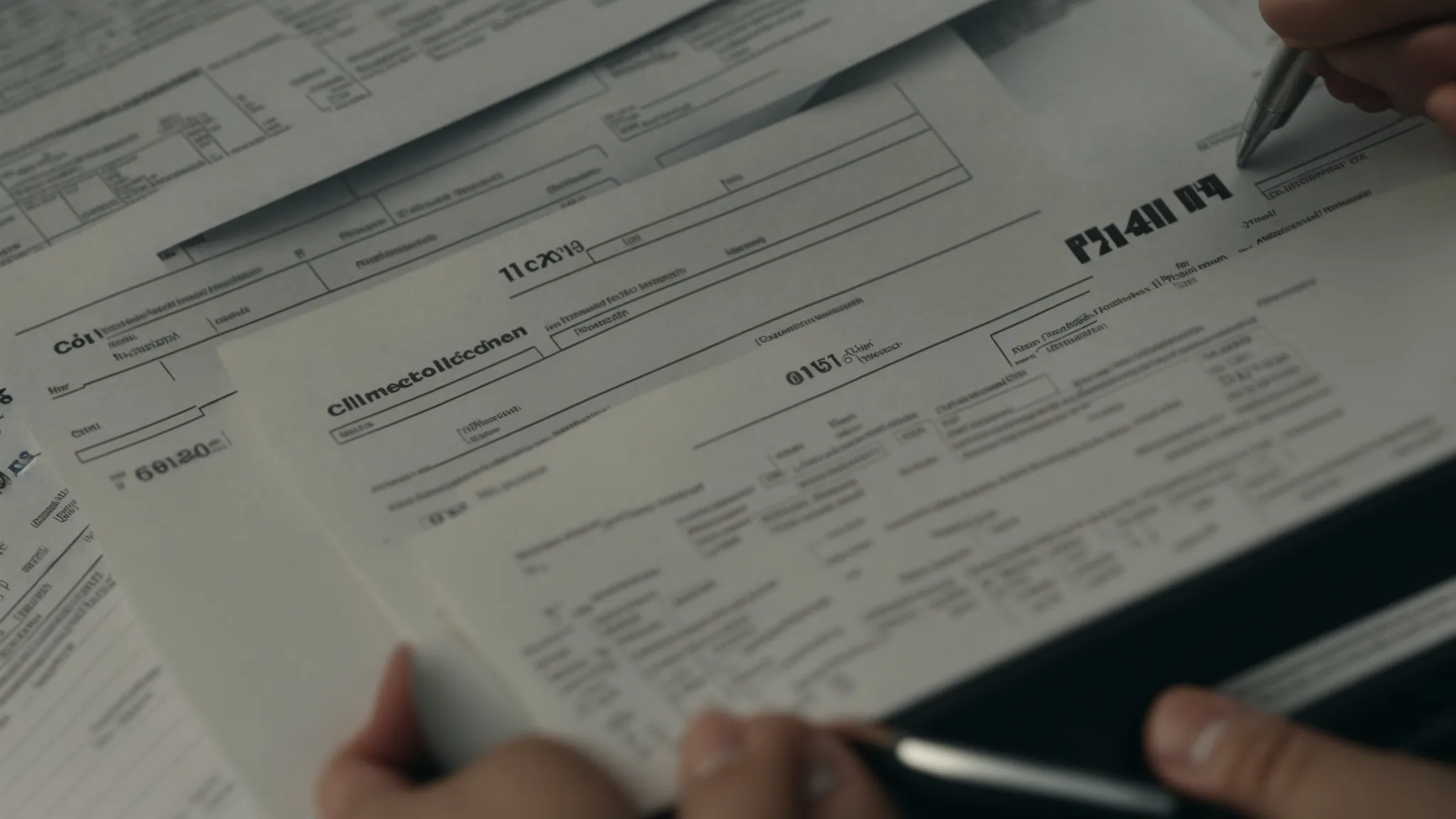Amending Past Tax Returns: What You Need To Know
Realizing that you made a mistake on your tax return can be unsettling. Whether it’s a simple math error or a missed deduction, filing an amended tax return may be necessary to correct the record. Amending a tax return can also result in a refund, a balance due, or no change to your tax liability at all. By grasping the essential steps and possible implications, you can confidently navigate the process. Keep reading to explore the intricacies of amending tax returns and how to approach it.
Understanding the Basics of Amending Tax Returns

When you discover an error or omission after you’ve filed your taxes, the IRS allows you to correct it by filing an amended return using Form 1040-X. This form is the starting point for revising any federal tax return previously submitted. Unlike the regular tax forms, which can be filed electronically, an amended return usually must be mailed to the IRS. This process is separate and distinct from the initial filing, and it is important to ensure that all information is accurate before submission.
Filing an amended tax return must be done within a specific timeframe, typically three years from the date of the original return or two years from the date the tax was paid, whichever is later. Amending a return can correct filing status, income, deductions, or credits. It’s integral to provide a clear explanation of the changes and attach any supporting documentation that substantiates the amendments. Moreover, if amending for a refund, patience is key as the process can take longer than filing a regular tax return.
The IRS website offers a tool to track the status of your amended return, which can be especially useful for those wondering about the progress. Taxpayers asking “My amended return says completed when will I receive the check” can use this tool for updates, ensuring that they are kept informed throughout the waiting period. Given the different treatment of an amended return, being familiar with the IRS tracking system is highly beneficial.
Step-By-Step Guide to Amending Your Tax Return
The first step in amending your tax return is to gather all the relevant documentation you need to support the changes. This can include W-2 forms, 1099s, receipts for deductions and credits, and your original tax return, among other items. Once you have everything in order, you’ll need to fill out Form 1040-X, clearly indicating the year of the return you are amending.
When preparing Form 1040-X, you’ll need to detail the original and corrected figures, explaining each change in Part III of the form. Accuracy is crucial, as any discrepancies can delay processing. If amending more than one tax year, you must prepare a separate 1040-X for each year and mail them in separate envelopes.
Potential Consequences of Not Correcting Tax Errors

Not amending your tax return might seem like a good idea if you fear the process will highlight issues or lead to an audit. However, the IRS encourages taxpayers to amend errors and usually doesn’t penalize them for rectifying a mistake. Left uncorrected, errors can lead to notices, penalties, and interest on any additional tax owed.
A lingering error can be a gateway to an audit, especially if it includes underreported income or overstated deductions. If the IRS discovers inaccuracies before an amendment is filed, this can result in less favorable outcomes, such as additional interest or severe penalties. Addressing these errors immediately demonstrates a good-faith effort to comply with tax laws and can mitigate potential issues.
How to Avoid Common Mistakes When Amending Returns
To mitigate the risk of mistakes when amending a tax return, double-check all inputted figures and calculations. Take the time to review the initial error or omission that led to the need for an amendment and ensure that all changes are accurate and fully documented. Professional tax software can also be invaluable in identifying and correcting errors before amendments are filed.
Another tip is to seek guidance from a tax professional if there’s any complexity to your situation. This can help avoid further errors and provide peace of mind. It’s also advisable to keep abreast of tax law changes that could affect the accuracy of your amendment. Educating yourself or consulting with an expert can keep you updated on recent tax code updates.
Overall, the goal of amending tax returns is to ensure accuracy and compliance with tax regulations. It signifies diligence and integrity in correcting errors, potentially averting more serious consequences with the IRS. By following the guidelines and proactively addressing discrepancies, you can navigate this complex process with greater confidence and peace of mind.













